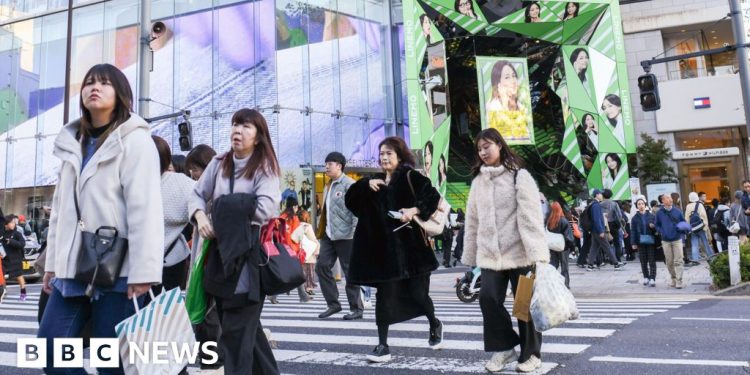The central bank of Japan has increased the cost of credit to its highest level for 17 years after accelerating the increase in consumer prices in December.
The decision of the Bank of Japan (BOJ) to raise its key rate to “approximately 0.5 percent” comes only a few hours after the last economic data showed last month that prices had increased to the fastest rhythm in 16 months.
The latest increase in BOJ’s interest rates in July, as well as a low employment report in the United States, surprised investors around the world, which sparked a massive stock market sale.
The governor of the bank, Kazuo Ueda, announced in advance the latter increase in rates in order to avoid a new shock on the markets.
According to official figures published on Friday, consumer prices in Japan increased 3 % in December compared to the previous year.
This decision has marked the first increase in BOJ rates since July and comes only a few days after Donald Trump’s return to the White House.
During the electoral campaign, Trump threatened to impose customs duties on all imports in the United States, which could have an impact on exporting countries like Japan.
By increasing rates now, the bank will have more latitude to reduce rates in the future if it needs to stimulate the economy.
This decision highlights the central bank projects to regularly increase rates up to approximately 1% – a level considered to be stimulating or slowing the economy.
The BOJ reported that interest rates would continue to rise from extremely low levels.
Neil Newman, head of strategy at Astris Advisory Japan, said: “Rates will continue to increase as wages increase, inflation remains greater than 2 % and the economy is experiencing a certain growth”.
“We are considering a new increase in 25 base points in six months,” said Stefan Angrick, Japanese economist at Moody’s Analytics.
Last year, the BOJ increased the loan cost of the first time since 2007 After the rates were maintained at a low level for years while the country was fighting against stagnant prices.
This increase means that there is no longer any country with negative interest rates.
When negative rates are in force, people have to pay money in a bank. They were used by several countries to encourage people to spend their money rather than put it in the bank.


